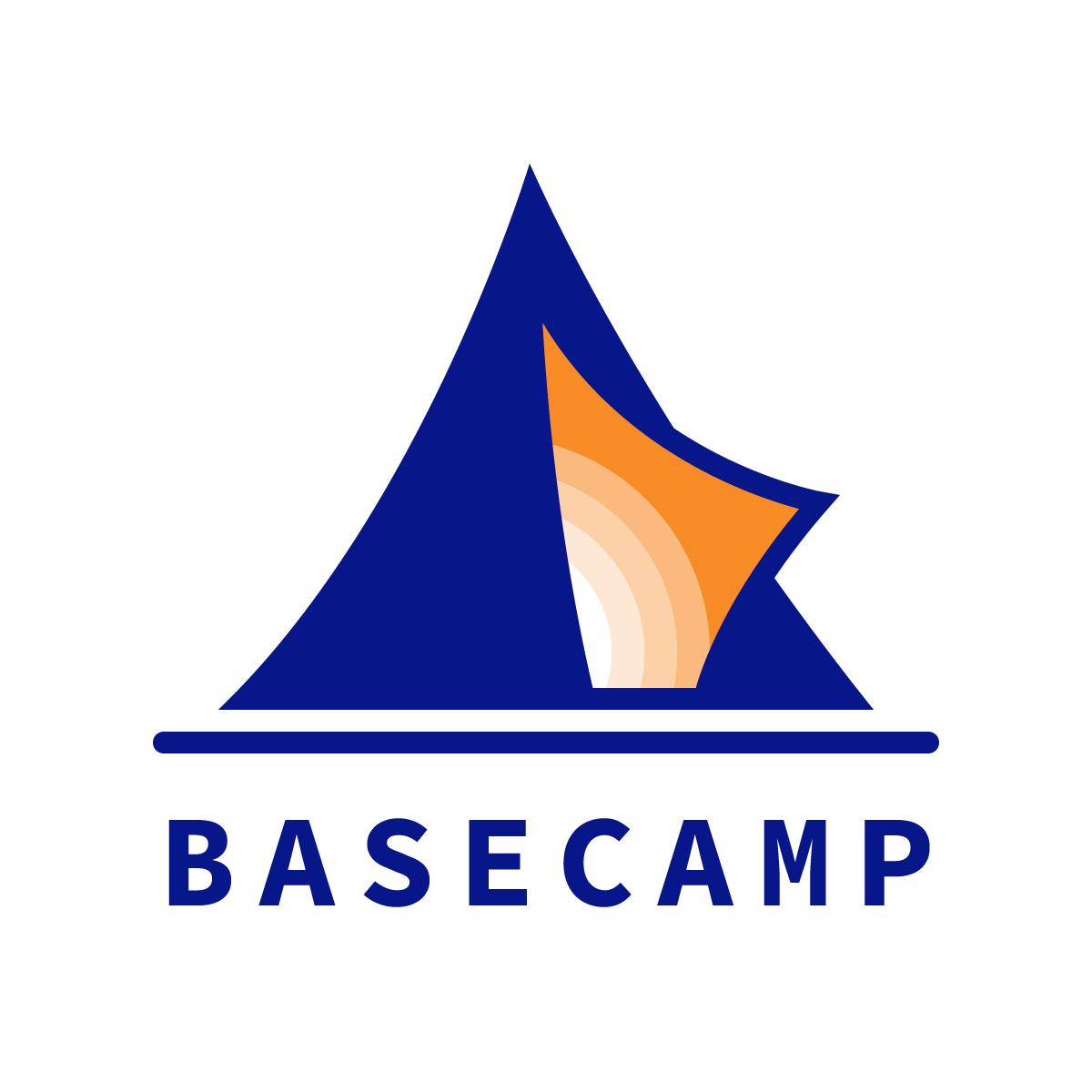Insights for Change Agents (h/t @adambbryant)
Ron Williams, former CEO of Aetna
As a Head of School, I learned the hard way that I needed to slow down if I wanted to speed up.
I had felt the need to create positive change so urgently that I moved too fast. Instead, I should have slowed down to spend significantly more time with the Board of Trustees and the various leaders of the school.
So I appreciate this wisdom from Ron Williams, former CEO of Aetna, during his interview with Adam Bryant. [1] Williams’ advice applies to any change agent who must work with and through others (translation: all change agents).
“Q. You were a CEO for six years. What was a key lesson for you once you got in that role?
“A. For me, it was really about chairing the board. I did something that I strongly encourage others to do. I made it a point to go see every board member once a year in their place of business and in their environment, and spend time having a dinner with them to make certain that I had a clear sense of their issues and concerns.
“When you’ve got 11 people on a board, that can create a cacophony of voices. That one-on-one time can help you understand their issues, and it also gives you the opportunity for what I’ll call ‘sense-making’ for them. Sometimes the board has perceptions that may or may not be grounded in reality. That one-on-one time was really important to help them share their views, make sure they felt understood, and get their individual counsel and advice.
“It was very time-consuming but extremely valuable. You have to recognize that board members have their individual perspectives. And the committees collectively have their perspectives. The board as a whole has its perspective, and some groups within the board have their perspectives. There can be multiple vectors that you have to be attuned to and understand.”
And how might leaders refine their priorities to maximize the impact of these 1:1 conversations?
“Q. A lot of senior leaders we work with wrestle with the challenge of setting clear priorities. How did you do that?
“A. The whole process of strategic planning, operational planning and quarterly forecasting was an area of deep focus for me. The simple way I explain strategy to people is that it’s like having a time machine. You get in your time machine, and you go forward five years. You get out, and you observe very carefully everything that’s going on. Who is winning? Why are they winning? What’s going on? You get in your time machine, and you come back.”
The interview contains many additional insights for change agents.
What is the #1 lesson you have learned about creating change in your organization?
***
[1] I was fortunate to welcome Adam Bryant to Malvern Prep twice during my time there. My favorite moment came during his live interview with Gen. Stan McChrystal.
***
Thank you for reading this post from Basecamp's blog, Ed:Future. Do you know someone who would find the Ed:Future blog worthwhile reading? Please let them know that they can subscribe here.

